Patan: The Heart of Patola Weaving and Its Influence on Gujarat's Textile Landscape
Gujarat, a state in western India, is renowned for its rich textile heritage. Among its many weaving traditions, Patola, a double-ikat silk weave, holds a special place, with Patan, a historic city in the state, serving as its epicenter.
Patola weaving is a complex and laborious process, involving meticulously hand-weaving intricate patterns onto silk yarn before it is even woven into fabric. The resulting fabric is known for its exquisite beauty, vibrant colors, and unparalleled durability, making it a prized possession across the globe.
The Art of Patola Weaving: A Legacy Passed Down Through Generations
The origins of Patola weaving in Patan can be traced back centuries, with the artform flourishing during the reign of the Solanki dynasty. Over the years, the skills of Patola weaving have been passed down through generations of families, ensuring the tradition's survival.
Today, Patan is home to a vibrant community of Patola weavers, each with their own unique style and expertise. The city is also home to numerous workshops and studios where the art of Patola weaving is practiced and preserved.
Rajkot and Surat: Contributing to Gujarat's Textile Tapestry
While Patan is undeniably the heart of Patola weaving, other regions in Gujarat have also made significant contributions to the state's textile legacy.
Rajkot, a city known for its vibrant textile industry, has a long history of producing various types of fabrics, including silk, cotton, and synthetic blends. Although not as famous for Patola weaving, Rajkot's expertise in textile manufacturing has undoubtedly influenced the development of Patola in Patan.
Surat, on the other hand, is a major hub for diamond polishing and textile trading. Its proximity to Patan and its role in the textile market has made it an important factor in the distribution and promotion of Patola fabric.
Distinctive Styles and Patterns: A Reflection of Regional Influences
While Patola weaving is rooted in Patan, the styles and patterns of the fabric have evolved over time, influenced by the diverse cultural traditions of Gujarat.
The Patola of Patan is known for its intricate geometric designs, often incorporating motifs inspired by nature, mythology, and religious symbols. These designs are meticulously woven into the fabric using a traditional double-ikat technique, which involves dyeing the yarn before weaving.
Patola weavers in other regions of Gujarat have also developed their own distinct styles. For example, Patola weavers in Rajkot are known for their use of brighter colors and more contemporary designs, while those in Surat are known for their focus on producing high-quality fabrics for export.
The Enduring Legacy of Patola Weaving
The legacy of Patola weaving in Gujarat is a testament to the enduring spirit of creativity and craftsmanship. The intricate designs, vibrant colors, and timeless beauty of Patola fabrics continue to captivate people around the world. The art form has been recognized as an important part of India's cultural heritage and is now actively being promoted to ensure its preservation for future generations.
Patan, with its rich history and vibrant community of weavers, remains the undisputed heart of Patola weaving. The city's legacy is inextricably intertwined with the textile traditions of Gujarat, and its influence on the styles and patterns of Patola can be seen throughout the state. As Patola weaving continues to evolve, it is sure to remain a cherished symbol of Gujarat's rich cultural heritage.

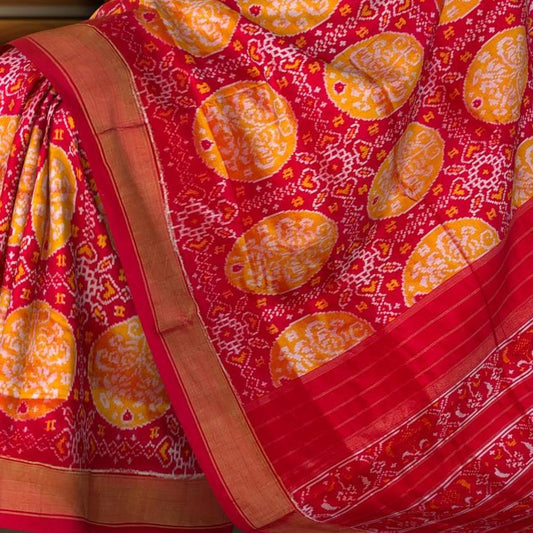
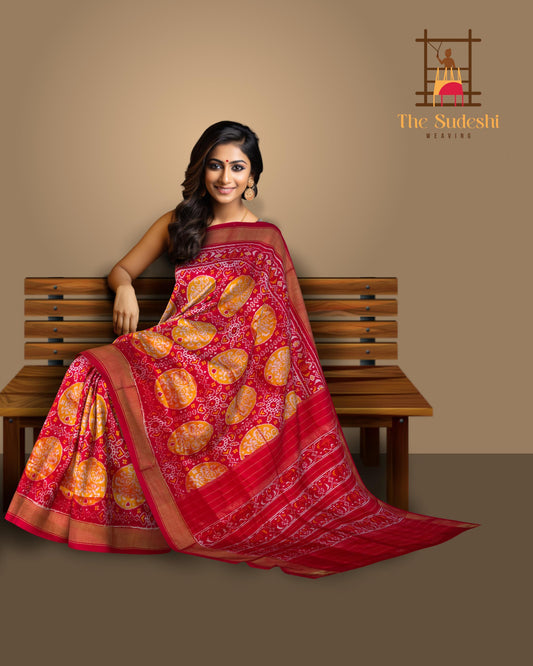
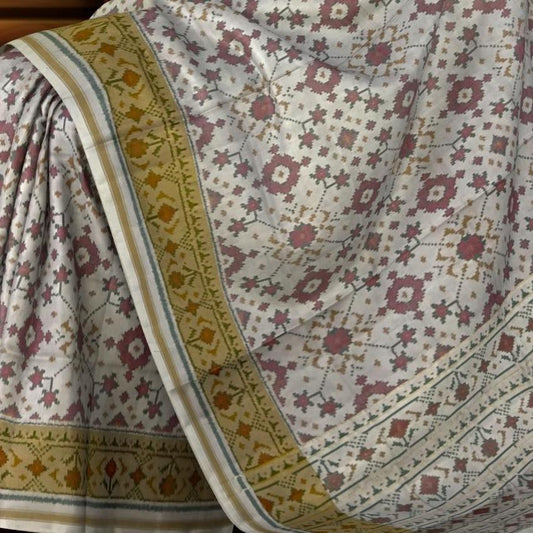
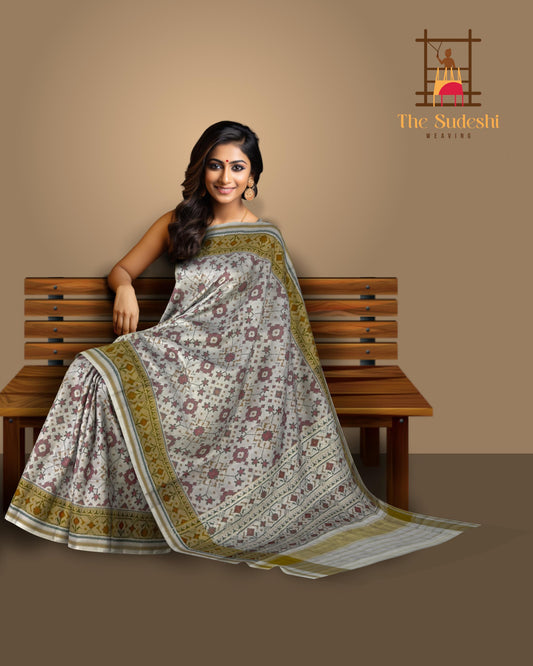
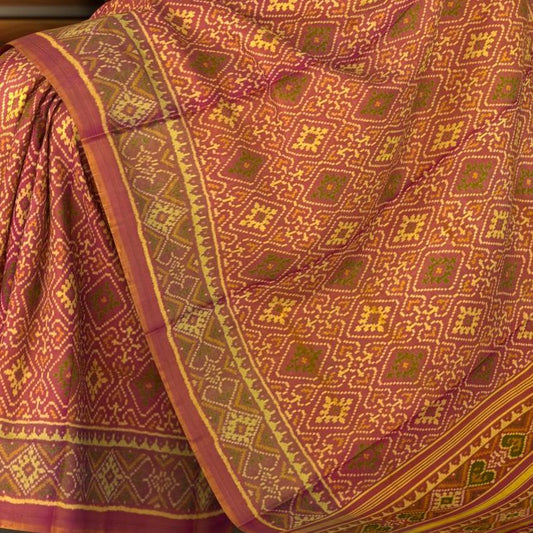
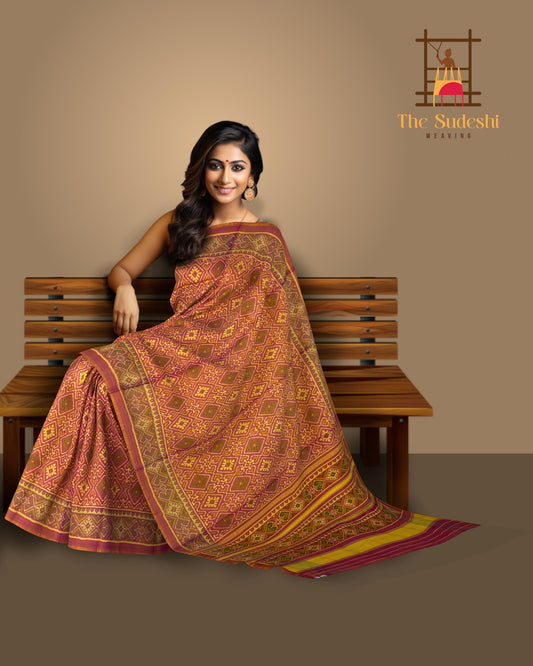
Leave a comment
Please note, comments need to be approved before they are published.